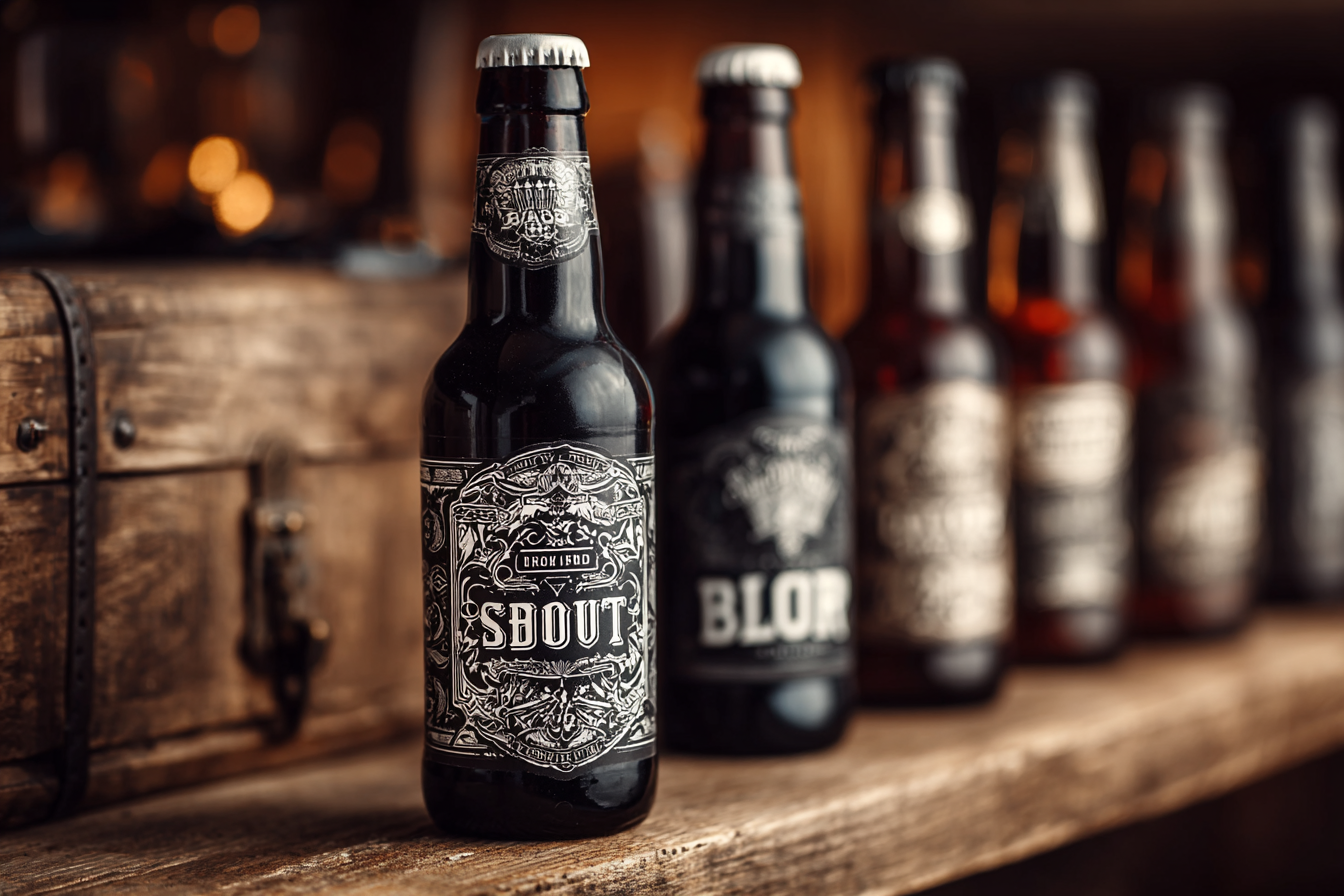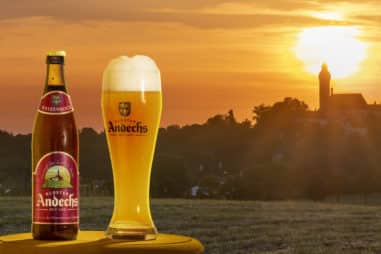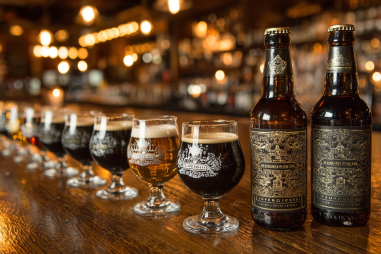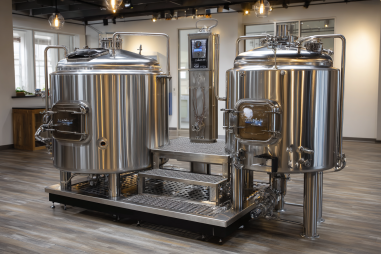Pastry stouts have become a beloved style among craft beer enthusiasts for their rich, indulgent flavors and dessert-like qualities. These beers meld the robust depth of traditional stouts with the sweetness and complexity of components like chocolate, vanilla, fruits, and spices. But how did this unique style come to be, and what makes it stand apart in the vast world of craft beer? Let’s dive into the intriguing history of pastry stouts, from their early experimental roots to their current stature as a celebrated segment within craft brewing.
Early Experiments Leading to Pastry Stouts
The origins of pastry stout are deeply tied to brewers’ adventurous creativity. Long before the term “pastry stout” entered the craft beer lexicon, brewers were experimenting with stouts by adding adjuncts typically associated with desserts—vanilla beans, cocoa nibs, lactose (milk sugar), and even whole spices. These initial iterations were not yet codified under any specific style but served as a playground for innovators eager to blend the dark richness of stout with sweet, decadent flavors reminiscent of pastries.
One key development in this experimental phase was the use of lactose. Lactose is a non-fermentable sugar, so it adds sweetness and body without increasing alcohol content. Its inclusion in milk stouts opened the door for later brewers to add more dessert-centric ingredients while maintaining balance and drinkability. These early experiments formed the blueprints for what would evolve into pastry stouts.
Evolution Within the Craft Beer Movement
The craft beer boom of the early 2000s fostered an environment ripe for innovation, encouraging brewers to push traditional beer styles beyond their boundaries. Pastry stouts emerged during this era as breweries began intentionally designing beers that evoked the essence of baked goods and sweet treats. With the relaxed rules of craft brewing pushing boundaries and a customer base eager for bold flavors, the sweet stout concept quickly gained traction.
As the category expanded, brewers began layering flavors to mimic confections such as chocolate cake, crème brûlée, cinnamon rolls, and various fruit pies. These beers were often thicker and sweeter than classic stouts, incorporating elements like vanilla extract, fruit purees, nuts, and spices, heightening their complexity and appeal.
Key Breweries and Milestones in Pastry Stout Development
Several breweries have contributed significantly to the rise and recognition of pastry stouts within the craft community. Pioneers in the style include:
- Omnipollo – Their Pastry Stouts, especially “Naked Lunch,” were among the first to elevate pastry references explicitly in the beer’s name, drawing attention to the style.
- Prairie Artisan Ales – With releases like the “Bomb!” imperial stout, Prairie popularized rich, dessert-inspired stouts that often included coffee, chocolate, and vanilla.
- Breckenridge Brewery – Known for its “Vanilla Porter” and other sweet stouts that helped introduce broader audiences to dessert-style dark beers.
The growth and mainstream acceptance of pastry stouts have been marked by beer festivals, collaborations, and awards recognizing their creativity and craftsmanship. These milestones helped establish pastry stout as a credible and beloved style rather than a fleeting trend.
Influence of Dessert Culture on the Style
The appeal of pastry stouts goes beyond the technical side of brewing—it resonates with the broader culture of dessert indulgence. In many ways, these beers reflect society’s growing fascination with gourmet and artisanal desserts. Craft brewers embraced this connection and began crafting beers that not only tasted like desserts but often paired beautifully with sweet dishes in food pairings.
The rise of gourmet bakeries, the obsession with Instagram-worthy sweets, and the general cultural celebration of cakes, pies, and pastries have all played roles in elevating the popularity of pastry stouts. Drinkers find joy in the familiarity of these flavors, now expressed in a new and exciting medium—beer.
Recent Trends and Innovations
The pastry stout category continues to evolve at a rapid pace, with innovations that push the boundaries of flavor and brewing techniques. Recent trends include:
- Increased use of unusual ingredients: Beyond traditional vanilla and chocolate, brewers experiment with matcha, peanut butter, bourbon-soaked pralines, and even lavender or rose petals.
- Barrel-aging programs: Aging pastry stouts in bourbon, rum, or wine barrels imparts additional complexity, enriching the dessert-like profile.
- Lower ABV variants: While pastry stouts are known for being big and bold, some brewers now produce more sessionable versions that still retain their rich sweetness.
- Hybrid styles: Combining pastry stout elements with other popular styles like IPAs, sours, or saisons to create unique crossover beers.
These ongoing innovations keep pastry stouts fresh and exciting, attracting new drinkers and encouraging seasoned fans to explore diverse flavor experiences.
Impact on the Broader Stout and Craft Beer Landscape
Pastry stouts have had a significant influence on the craft beer world, both stylistically and commercially. By redefining expectations around sweetness and richness in stouts, the style has expanded the palette for what a stout can be. This has inspired brewers to think more creatively about ingredients, brewing techniques, and marketing strategies.
Moreover, pastry stouts showcase how craft breweries can successfully merge dessert culture with beer culture, appealing to audiences who might not have traditionally been stout drinkers. Their success has spurred broader acceptance of flavored and specialty stouts in general, encouraging innovation across other styles.
As pastry stouts continue to break new ground, they also contribute to the overall growth of the craft beer industry by fostering collaboration among brewers, exciting consumers with new experiences, and emphasizing the artistic potential of beer.
A Rich Legacy and Exciting Future
From humble experiments with lactose and vanilla to complex, barrel-aged masterpieces evoking elaborate desserts, pastry stouts have carved out a unique niche in the craft beer world. Their sweet origins reflect a spirit of creativity and a desire to delight the senses, making them a favorite for many craft beer lovers.
Looking ahead, the pastry stout style promises continued innovation and exploration, whether through novel ingredients or unexpected hybrid styles. As dessert trends evolve, so too will the ways brewers capture that indulgent essence in a glass. For drinkers, this means pastry stouts will remain a delicious and exciting category, bridging the gap between beer and dessert and inviting everyone to savor a sweet moment.







